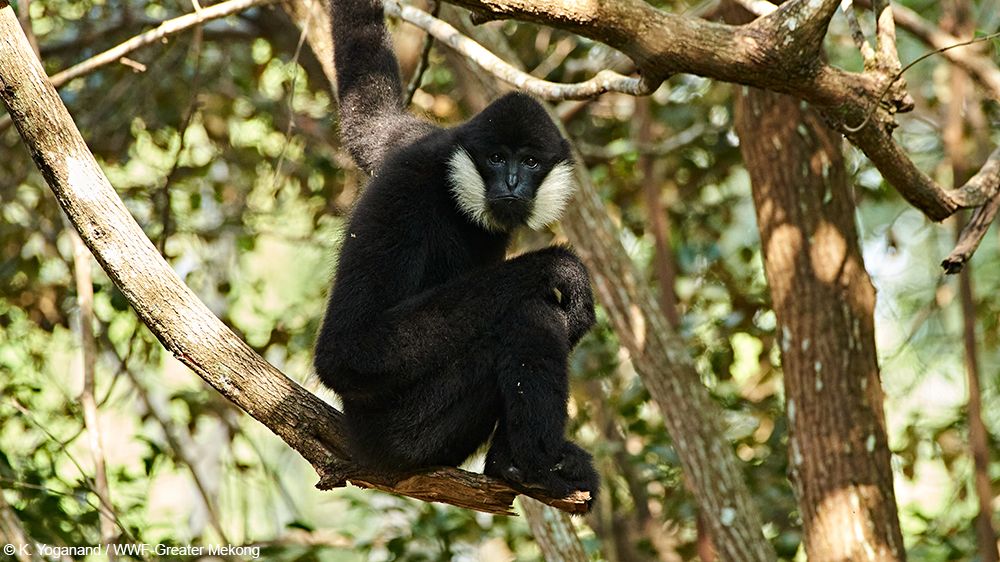The World Wildlife Fund’s latest update on the larger Mekong region includes 224 new species, including a primate with ghostly white circles around its eyes.
The report, released on Wednesday, emphasises the need of protecting the region’s unique biodiversity and habitats, which include Vietnam, Cambodia, Laos, Thailand, and Myanmar.
The species listed were discovered in 2020, but the report was delayed last year. The monkey, a new species of Popa langur discovered on Myanmar’s defunct Mt. Popa volcano, was the sole new mammal discovered.
Also Read | Photographs of the snow-covered Sahara desert blows the internet away
There are also scores of new reptiles, frogs and newts, fish, and 155 plant species found in Laos, including the only known succulent bamboo species.
The Mekong region is a biodiversity hotspot, home to tigers, Asian elephants, saola — sometimes known as the Asian unicorn or spindle horn — and thousands of other species.
According to the WWF, scientists have identified almost 3,000 new species in the region since 1997, including this current list.
According to the research, scientists analysed measurements and samples from museum collections to compare and identify important differences with traits of newly discovered animals and plants.
Also Read | Watch: Dog of murdered journalist waiting outside her home breaks hearts
In introducing the paper, Thomas Ziegler, a curator at the University of Cologne’s Institute of Zoology, noted that studying such distinctions can help determine the range of species and dangers to their survival.
Identifying new species, on the other hand, is difficult and sometimes requires a combination of methods, such as frog calls and genetic data used to distinguish the Cardamom leaf tiny frog, which was discovered in a wildlife refuge high up in the Cardamom highlands.
Some species, such as the bright orange twin slug snake, which eats slugs, are found in more than one country.
According to the study, the new monkey species, Popa langur, was discovered through genetic matching of freshly obtained bones with specimens from Britain’s Natural History Museum collected more than a century ago.
Also Read | French pet care firm discontinues small fish bowls, they ‘drive fish crazy’
The large white rings around its eyes and its front-pointing whiskers were two of its most noticeable features.
In 2018, the WWF and Fauna and Flora International used camera traps to capture photographs of the monkeys. The discovery was made late last year, according to FFI.
According to the assessment, the monkey is a candidate for inclusion on the IUCN Red List as a critically endangered species because just 200-250 are thought to exist in the wild in a few locations.
A new form of begonia with reddish blooms and a berry-like fruit was also discovered in Myanmar’s uplands, where illegal mining and logging have become an increasingly serious menace, amid political turmoil in the country following a military takeover a year ago.
Also Read | Police ask people to avoid escaped monkey after truck carrying 100 monkeys crashes
Despite human encroachment on tropical forests and other wild zones, much of the Greater Mekong is still rarely studied, and scores of new species are discovered each year – a ray of hope in a world when so many species are becoming extinct.
Not all new species are discovered deep in the bush. According to the study, one of the new plant species is a ginger plant known as “stink bug” because of its pungent odour, which is comparable to that of large beetles used by Thais to make a type of chilli dipping paste served with rice.
It was discovered in a plant shop in northern Thailand.






